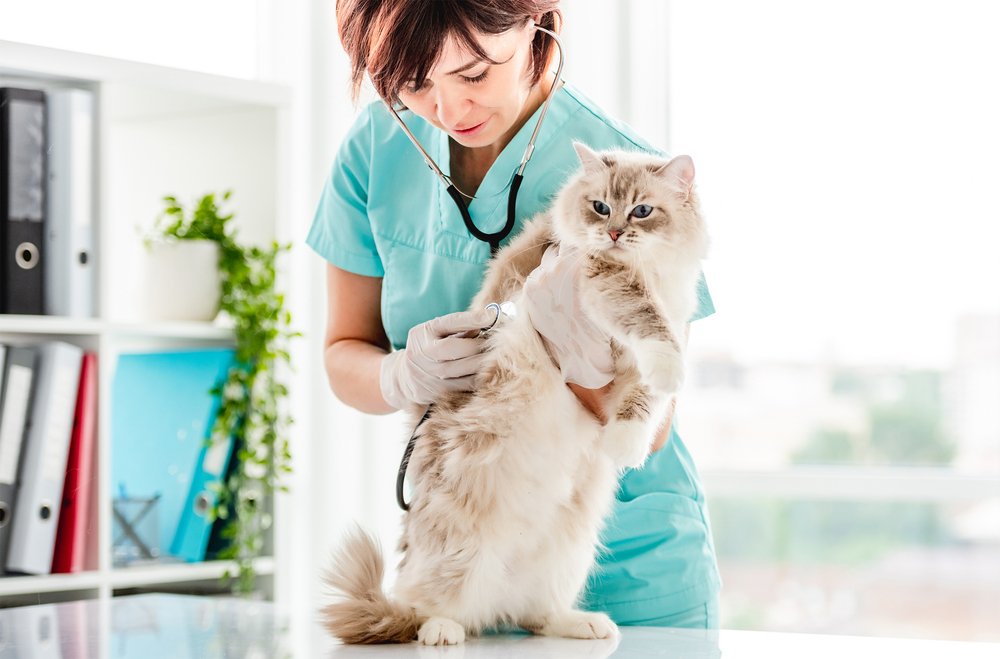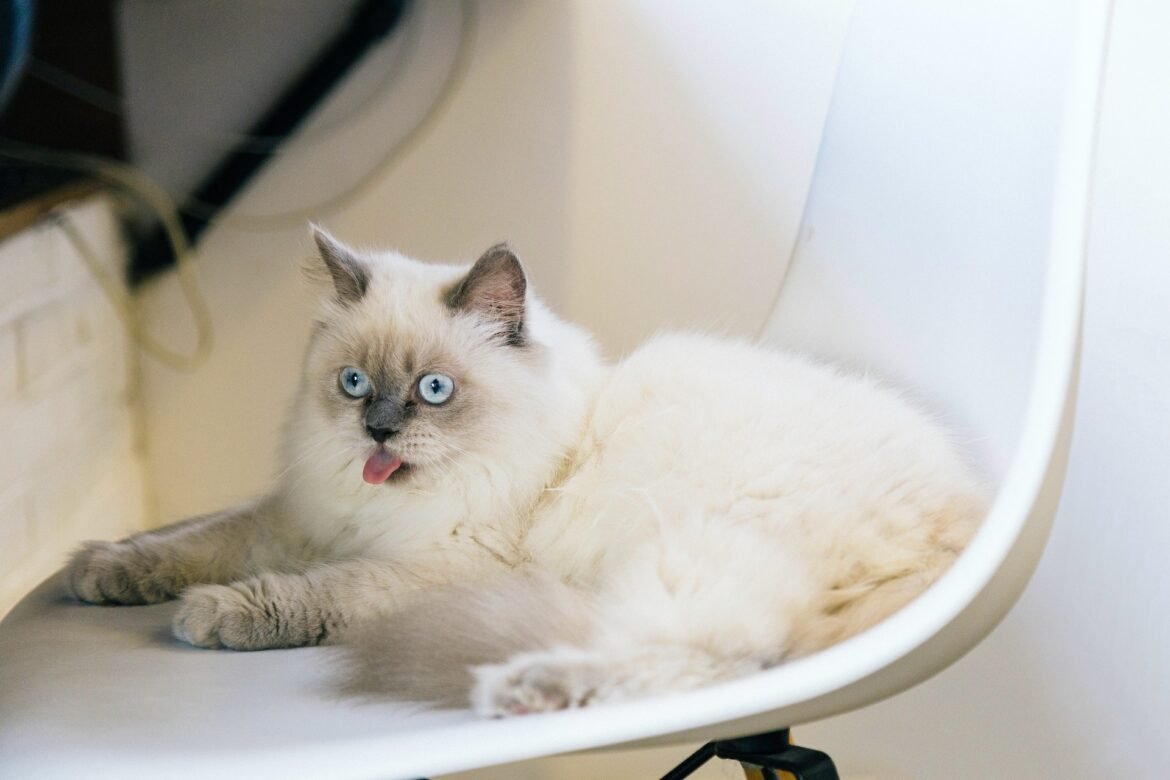Table of Contents
Do Ragdoll cats drool? This question has been brought up multiple times by cat owners, especially those who own or are considering owning a Ragdoll Cat.
Though all cats can drool at some point in their life, it is not necessarily a common trait among Felines, which makes this phenomenon incredibly fascinating.
In this blog post, we will explore the reasons why certain Cats might be more prone to producing excess saliva and offer helpful solutions to manage any potential drooling issues your beloved pet may have!
Do Ragdoll Cats Drool?
If you’ve ever been around a Ragdoll cat, then you know just how adorable and affectionate they can be. But one thing that may have surprised you is their tendency to drool.
While it’s not as common as it is with other breeds, Ragdolls do occasionally drool, especially when they’re feeling particularly content or relaxed.
So why do they drool? And what can be done to stop it? Let’s take a closer look at the causes of drooling in Ragdolls and what you can do to help your pet.
Common Causes of Drooling in Ragdolls
The most common cause of drooling in Ragdolls is dental problems. Just like other cats, Ragdolls are prone to tartar buildup on their teeth and gums which can lead to painful infections.
If your cat is having difficulty eating or drinking due to soreness in their mouth, he/she may start drooling excessively as a result.
Other common causes of drooling include anxiety or stress, motion sickness, poisoning, or even allergies.
How To Distinguish Normal Drooling from Excessive Drooling
It’s important to distinguish between normal amounts of drool and excessive amounts of drool in order to determine if your cat needs medical attention.
Normal amounts of drool will usually be small drops that appear after meals or when your cat is feeling particularly relaxed.
However, if the amount of drool increases dramatically or is accompanied by other signs such as vomiting or diarrhea then it could be a sign of something more serious and should be addressed by a vet right away.
Reasons for Ragdoll Cats Drooling
Let’s take a look at the four primary reasons that your Ragdoll might be drooling.
1. Excitement or Joy
Most cats will drool during moments of extreme excitement or joy, such as when they get petted or showered with affection. This is perfectly normal behavior and nothing to worry about as long as it doesn’t happen too often.
2. Health Issues
Some health issues can cause drooling in cats, including dental problems, ulcers in the mouth, or feline leukemia virus (FeLV).
If your Ragdoll has been drooling more than usual and shows other signs of illness, such as lethargy, vomiting, or diarrhea, it’s important to get them checked out by a vet right away.
3. Nausea or Digestive Issues
Cats sometimes experience nausea that can result in excessive salivation. If your cat is drooling more than normal and also exhibiting signs of digestive issues (such as vomiting), then this could be the cause.
4. Medications
Certain medications can cause cats to salivate excessively. If your Ragdoll has recently started taking any new medications and is now drooling more than before, this could be the reason why.
Solutions for Excessive Drooling in Ragdoll Cats
Here you can learn some solutions for excessive drooling in Ragdoll cats.
1. Consult With a Veterinarian

The first step in finding a solution for excessive drooling is to consult with your vet. Your vet will examine your cat, perform tests, and ask questions to determine what is causing the problem.
Depending on the results of the exam, your vet may prescribe medication or suggest other treatments such as dental care or dietary changes.
2. Change in Diet
Some cats have difficulty digesting dry food and this can lead to excessive salivation and drooling. Wet food is easier for cats to digest so it may help reduce the amount of saliva produced by your pet.
Additionally, adding something like probiotics or digestive enzymes can also help improve digestion and reduce drooling.
3. Provide a Calm and Stress-Free Environment
Stress and anxiety can be major causes of excessive drooling in cats, so providing them with a calm and stress-free environment is essential for reducing salivation levels.
Make sure that there are no loud noises or other stressors in the environment that could be upsetting your pet such as other animals or people coming into their space uninvited.
Provide plenty of hiding places where they can go when they feel overwhelmed and spend quality time playing with them every day so that they feel loved and secure in their home environment.
Conclusion
Do ragdoll cats drool? While they certainly can, there are a number of reasons why your cat may be drooling more than normal. If you think your cat is drooling excessively, take them to the vet to rule out any underlying medical conditions. Many times, simply managing stress or adjusting their diet can help reduce the amount your ragdoll cat drools. Thanks for reading and don’t forget to share this article if you found it helpful!
